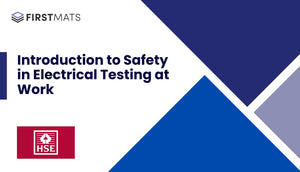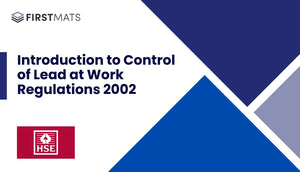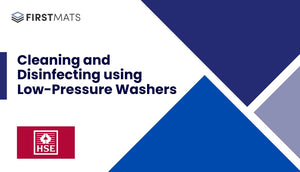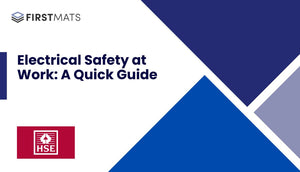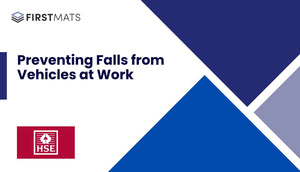Article Index:
Introduction to Control of Lead at Work Regulations 2002
Excessive exposure to lead in the workplace poses significant health risks. The Control of Lead at Work Regulations 2002 (CLAW 2002), supported by the Approved Code of Practice, provide critical guidelines for managing these risks. This document is essential for managers, supervisory staff, and safety representatives responsible for controlling lead exposure at work.
Understanding the Risks of Lead
Lead and its compounds are known to be hazardous to health, with excessive exposure leading to lead poisoning. The CLAW 2002 aims to safeguard the health of people at work by preventing or controlling exposure to lead.
Risk Assessment
Employers are required to assess the risks to health from work involving lead. This includes determining whether the exposure to lead is significant and implementing measures to control such exposure. The findings of the assessment must be recorded promptly.
Control Measures and Air Monitoring
When exposure to lead is significant, employers must introduce control measures to prevent inhalation of lead dust, fume, and vapour, ensuring that lead levels in the air do not exceed the occupational exposure limit (OEL). Regular air monitoring is also required to confirm the effectiveness of these control measures.
Personal Hygiene and Workplace Practices
Maintaining high standards of personal hygiene is crucial in controlling lead absorption. Employers must provide adequate washing facilities and ensure that employees do not eat, drink, or smoke in areas contaminated by lead.
Medical Surveillance
Employees significantly exposed to lead must be placed under medical surveillance. Regular biological monitoring of blood or urine lead levels helps detect lead absorption and evaluate the effectiveness of control measures.
Information, Instruction, and Training
Employers must provide comprehensive information, instruction, and training to employees. This includes the risks of lead exposure, occupational exposure limits, and precautions to protect against exposure.
Labeling and Emergency Procedures
Containers and pipes used for lead must be clearly labeled, and employers need to prepare procedures for dealing with accidents, incidents, and emergencies involving lead.
Employee Consultation
Consulting employees and safety representatives is vital in promoting a culture of safety and efficiency in the workplace. This helps in creating and maintaining a safe and healthy working environment.
Conclusion
The Control of Lead at Work Regulations 2002 provides a comprehensive framework for managing and reducing the risks of lead exposure in the workplace, ensuring the safety and health of employees.


